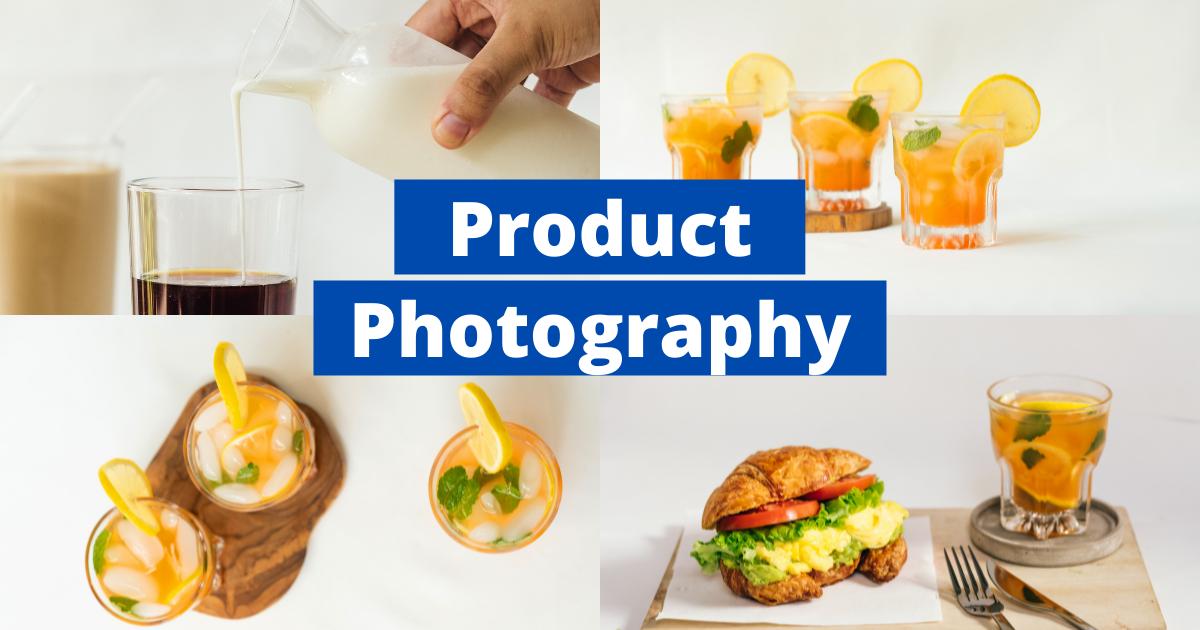
The world of eCommerce is more important than ever and making sure your store is viable relies on improving every aspect of the customer experience. Just as it wouldn’t be wise to put a sub-standard product description in front of your audience, you also need to make sure your product photography is awesome. A picture should tell a story, it should have themes and it should convey emotions. In this article, we’ll touch on those ideas as we look at some practical tips to improve your photography and your bottom line.
Make the most of your subject
An important thing to remember about your audience is that sometimes they need a little help using their imagination. There are two vital ways you can remove all the guesswork when your customers find your product description, by showing it in use and showing off your selling points.
Including photos of your product in action can immediately help answer questions your audience might have about a product. This is particularly useful for products such as new tools. You might sell a fantastic tool that can save time and effort but if your audience has never seen it in action before, they might be skeptical. In this case, seeing really is believing and showing the tool working can immediately make it a must-have rather than a what-is-that.
Showing products in use can also inspire and demonstrate the lifestyle a product offers. For example, if you’re selling fitness clothing, showing someone wearing your product while running in the beautiful countryside can immediately help your audience understand the lifestyle that’s achievable upon purchase.
It’s also important to remember your USP and your product benefits. If you’ve got the attention of your audience, make good use of it by highlighting the specific features of your product that your audience seeks. That way, you won’t fade into the crowd as just another retailer, and instead you’ll become the retailer they choose every time because your products clearly have all the features they’re looking for.
Use colour consistently
This is important when it comes to conveying emotion and storytelling, and will help to draw your audience into your brand and your world. Have you ever noticed that so many Ferraris are red? Faber Birren was an expert on colour theory, and he explained that “red is the passionate and ardent hue of the spectrum, marking … love and hatred, compassion and war.” Those are strong associations for a car that you can’t ignore. You don’t have to sell Ferrari-league products to benefit from colour selection, particularly if you’re photographing indoors and can take advantage of a changeable background. You should experiment with different colours, but some common associations include:
Red – active, exciting, passionate, fervent
Green - peaceful, refreshing, quieting, growing
Blue - contemplative, subduing, sober, melancholy
Using brand colours is another useful approach, and it can be a very effective way of building an association. For example, the Simpsons are the only yellow characters on TV. This was a deliberate choice so that you could turn over and immediately know what you were watching. Similarly, if you use red and blue as brand colours throughout everything you offer, your audience will immediately recognise your store and every time they see your familiar colour scheme, they’ll immediately recall any positive associations.
Think about your lighting
One of the big choices you’ve got when it comes to photography is whether to use natural light or artificial light. It’s not a right or wrong type of situation but you can expect getting the right balance to increase your appeal.
Natural light
Natural light has the advantage that it’s simple and inexpensive with a clearly organic feel. However, there are some drawbacks, such as ensuring consistency across shoots and exposure control. Try ‘golden hour’ photography, taking photos during the first and last hours of light during the day. At these times, the sun has some unique colour tones and shadows are far more prominent, making for interesting shots. Another way to achieve interesting shadows is to shoot with hard light at noon. This could be best if there are objects around to cast shadows, such as a fence or trees. You can also achieve an interesting ambience by using either window light or reflected light which can both produce an interesting illumination profile on your subject if you take time to get the placement right.
Artificial light
Artificial light offers a real advantage when it comes to consistency because once you’ve found a light setup that really works you can use it over and over again, any time of the day or night. You’ve got great colour control and can repeatedly use a wide range of colours, and colour-specific lighting is relatively inexpensive nowadays. The disadvantage is the potential cost of the lighting and the space that an indoor studio setup might take. As well as that, getting artificial light right takes experimentation and practice, whereas natural light is a lot easier to get good results with.
A picture tells a thousand words
We hope you’ve enjoyed our brief photography guide and that you’ll agree how much difference a few well-taken shots might make to your online presence.
Get in touch with us for innovative technology solutions that can grow your eCommerce business.
